I love direct painting from life. But it is also incredibly humbling and challenging. I am much stronger with indirect painting. *If you aren’t familiar with the terms, direct painting is the completion of a passage in one sitting or while the paint is still wet vs. indirect where the painting proceeds in layers, one over the other, either after drying or dry enough as to not blend with the layers beneath.
I will share a couple recent efforts. One is good, with some obvious room for improvement and the other is okay.
I have been making a point of painting every Wednesday night from life for 3 hours. I sometimes make to Casey Childs studio on Thursdays for an additional night. I think it is not enough. I want to add more time. Developing my skills as a direct painter is making my brushwork when painting indirectly much stronger. I have a long ways to go before I would consider myself an expert, but I do believe I have some insights to share that might be useful.
I am a happy with the painting above. Her eyes are a little off as a pair, but overall I am pleased with the results and what I learned. My big focus when doing these 3 hour paintings is shape, value, form, color. In that order. I try to find the big shapes first. Light and dark, hair and background. Get those established. This can be done in a variety of ways. Drawing with charcoal, monochromatic lay-in, looking for the darks first, laying in a general flesh tone and then painting the darks and lights into it. I have been reading as much as I can about Sargent, Sorolla and Zorn lately, studying their works and doing my best to absorb and apply what I am learning. Of course if just reading about how other artists paint was the key, we’d have a lot more Sargents out there.
Lately, I have been doing a washy lay-in to get general shapes and drawing in place. I toned the panel below with a thin wash of Gamsol and Van Dyke Brown.
Then I hit some of the darks and mid-tones, establishing the rough shapes and saving the darkest accents and highlights until the very end.
Below is the painting after one hour. I try to keep all the edges relatively soft and focus on shape, form and value. Still holding back the darkest and lightest accents.
Below is the final painting. Approximately 2:15 minutes of total painting time, spaced out over 3 hours.
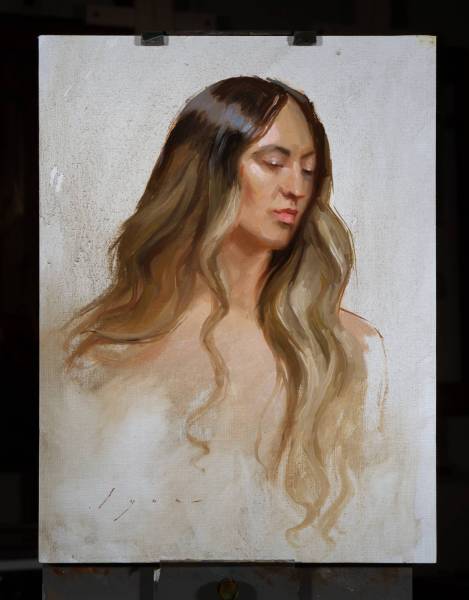
It’s tempting to just share my successes, but I think in the spirit of sharing and learning that is at the core of Muddy Colors, it’s important to share some of the stepping stone efforts too. Don’t get me wrong, I like the works above, but they represent my efforts to improve and are a means, not and end.
If you want to see more of my alla prima paintings, you can follow my Instagram account where I share everything but the scrapings from the bottom of the barrel. 🙂 Thanks for giving this a read and I hope it was useful.
Howard



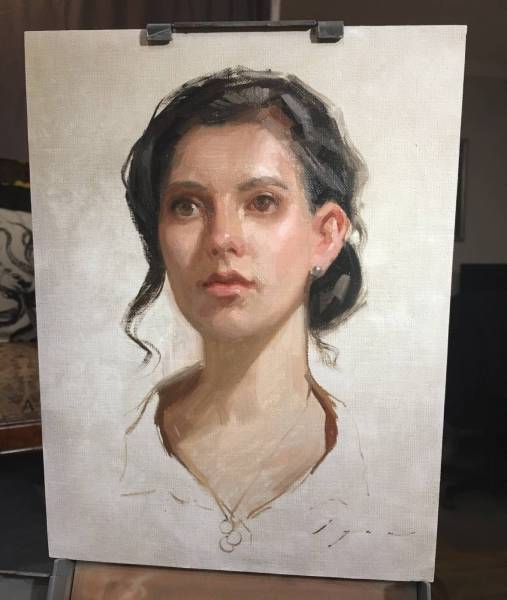
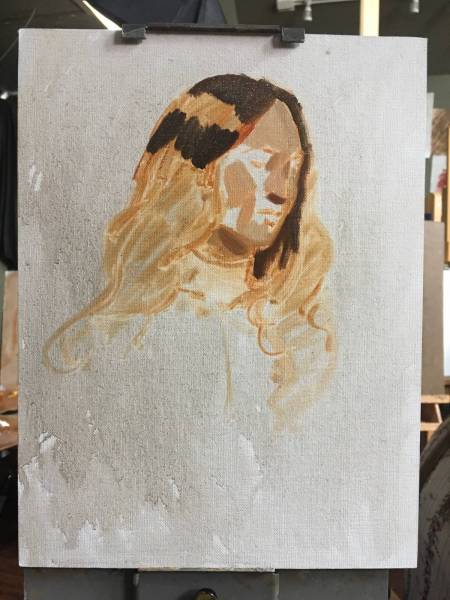
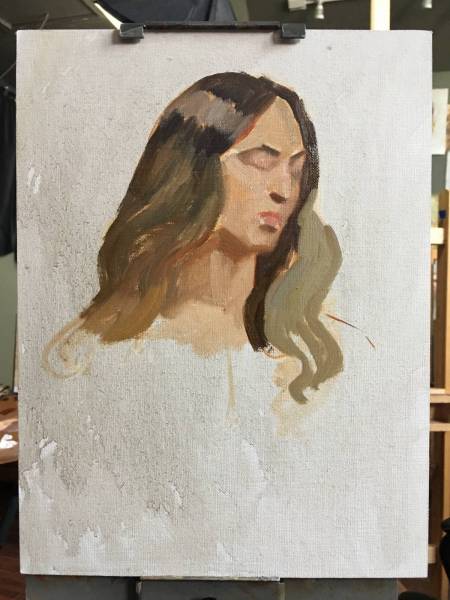
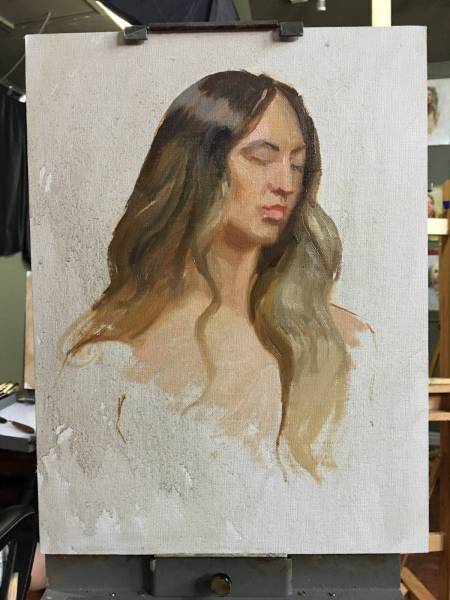
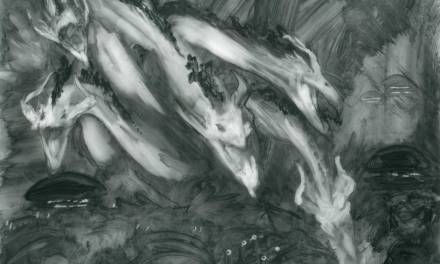


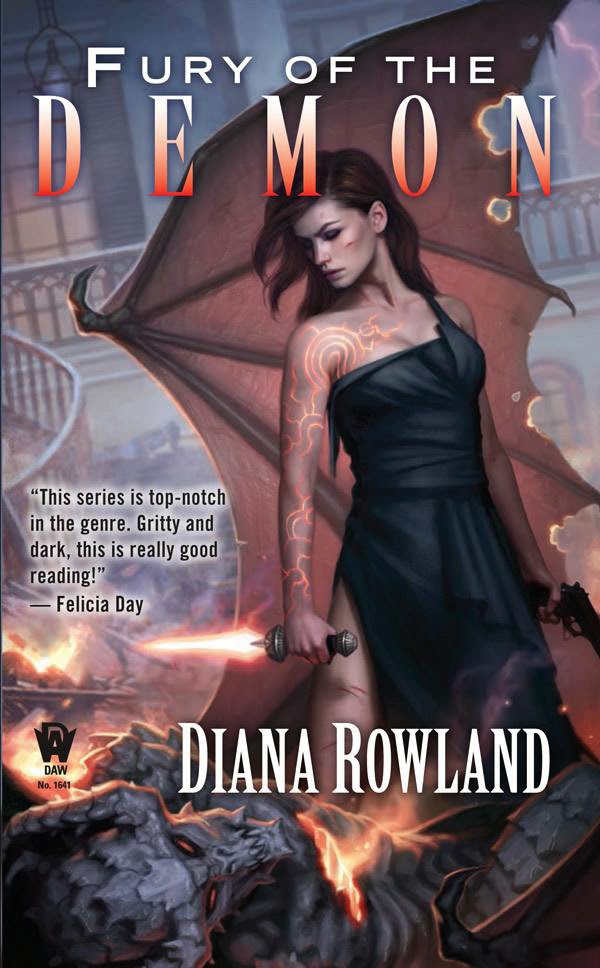
I always struggle with indirect painting, and prefer direct painting. I mean how do you deal with the paint that is slightly tacky, waiting for the dry times, the constant cleanup/setup. What do you do to make the indirect painting workflow feel productive? Just asking?